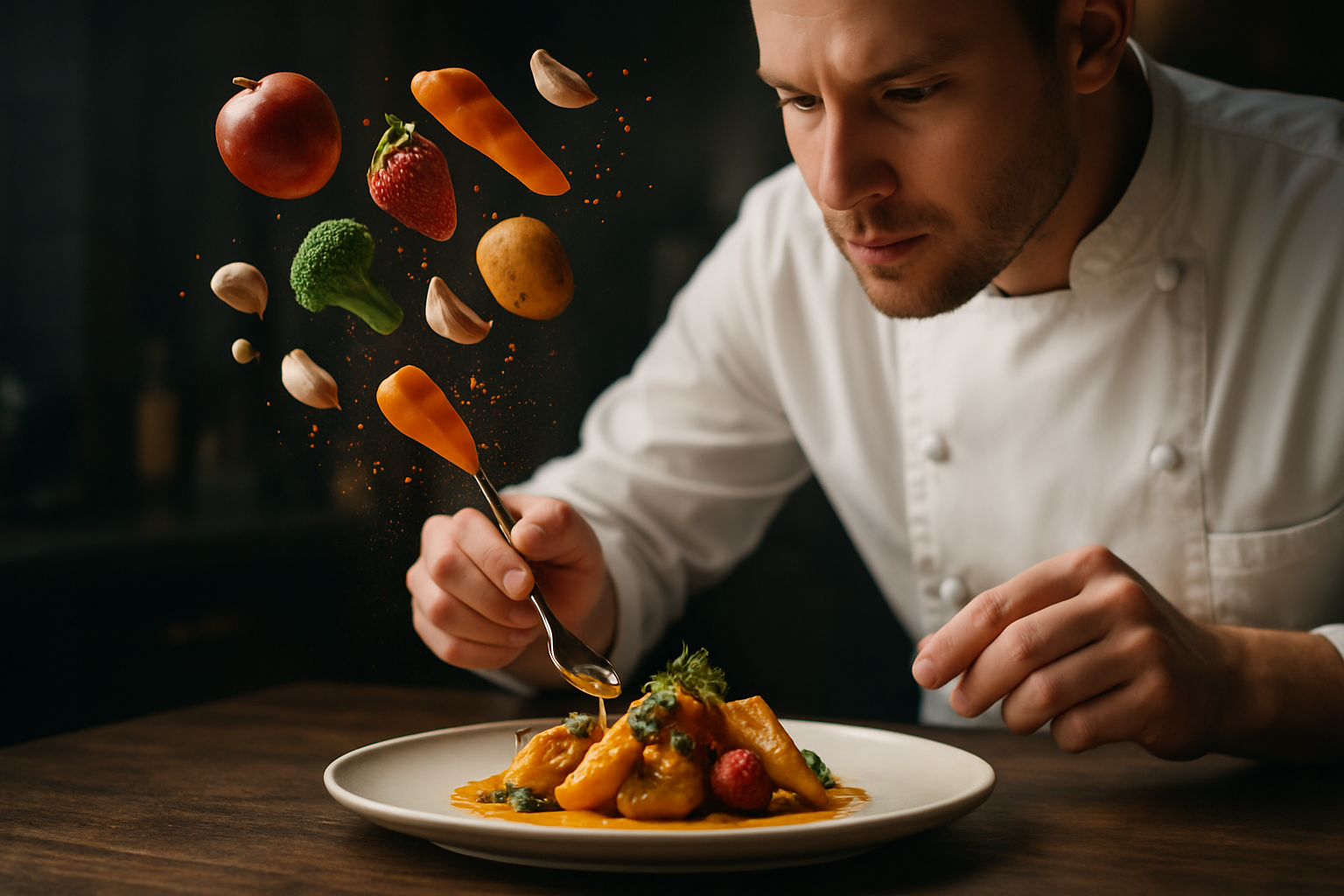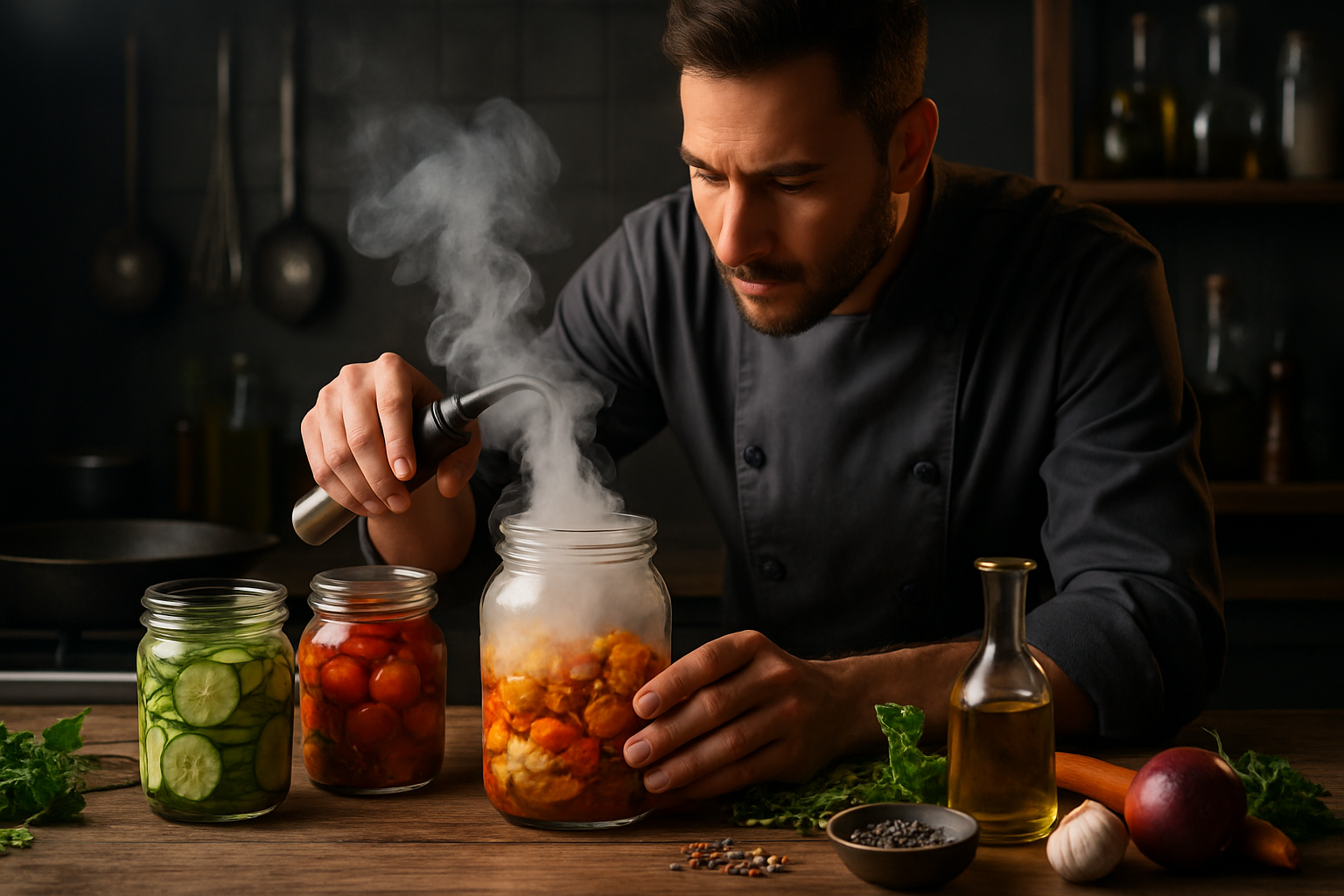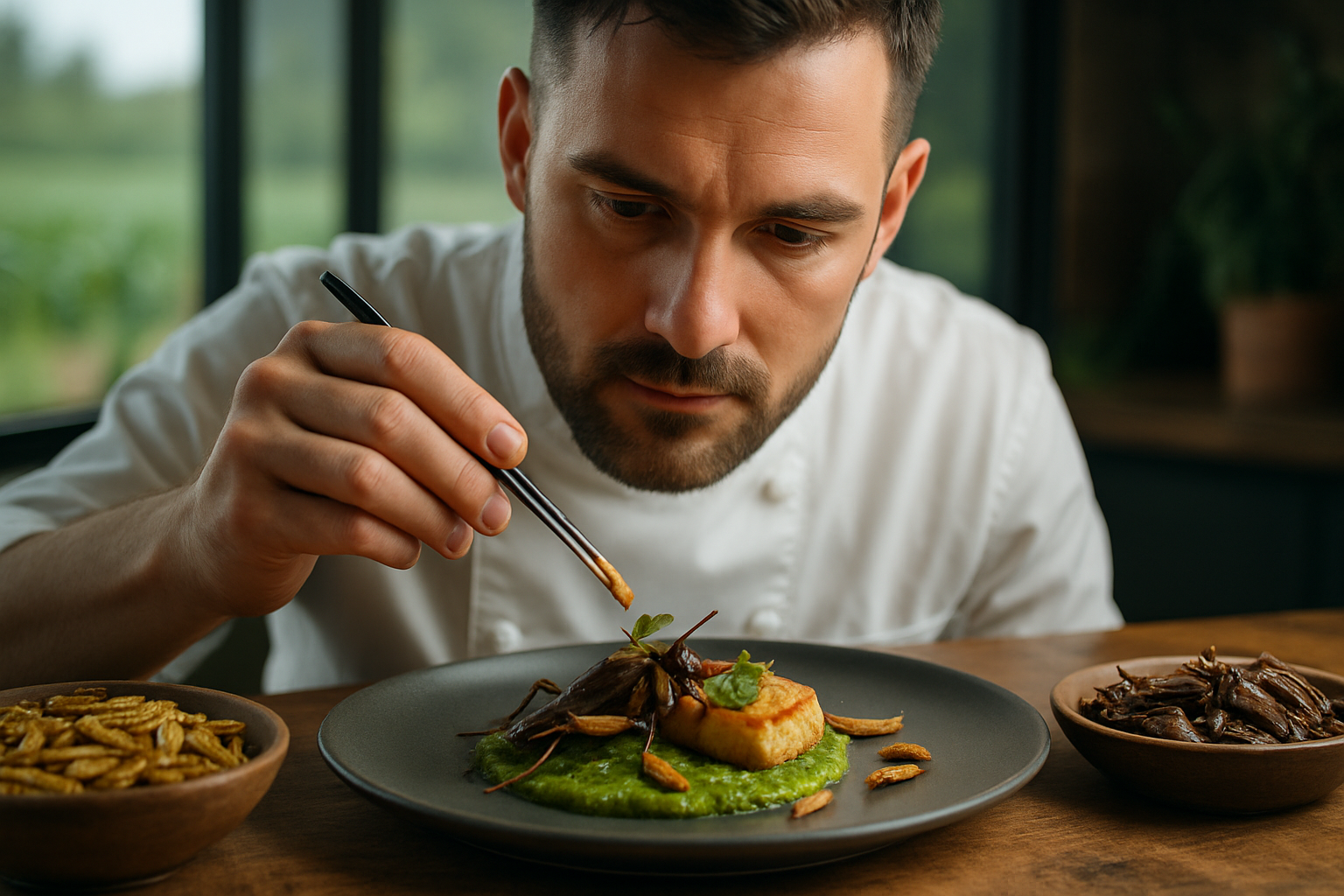Culinary Alchemy: Transforming Everyday Ingredients
Unlock the secrets of kitchen wizardry and breathe new life into ordinary ingredients. This gastronomic journey explores innovative techniques that elevate humble staples into extraordinary dishes. From molecular gastronomy to ancient preservation methods, discover how to transform your culinary creations and impress even the most discerning palates.

Texture Transformation Techniques
Texture plays a crucial role in how we perceive and enjoy food. By manipulating the texture of ingredients, chefs can create surprising and delightful culinary experiences. One innovative technique is spherification, which involves encapsulating liquids in a thin gel membrane, creating burst-in-your-mouth spheres. Another method is foam creation, where ingredients are aerated to create light, fluffy textures that melt on the tongue. Dehydration can transform fruits and vegetables into crispy chips or chewy, concentrated morsels. Compression techniques, using vacuum sealers, can alter the density and texture of fruits and vegetables, creating unique mouthfeels. By experimenting with these texture transformation techniques, home cooks can add an element of surprise and sophistication to their dishes, turning ordinary ingredients into extraordinary culinary creations.
Reimagining Classic Cooking Methods
Traditional cooking methods can be reinvented to yield exciting new results. Sous vide cooking, for instance, involves vacuum-sealing ingredients and cooking them in precisely controlled water baths, resulting in perfectly cooked food with enhanced flavors and textures. Smoking, traditionally used for meats, can be applied to unexpected ingredients like cocktails, butter, or even desserts, adding depth and complexity. Cold smoking, in particular, can infuse delicate ingredients with smoky flavors without cooking them. Fermentation, an ancient preservation technique, is experiencing a renaissance in modern kitchens. It not only preserves food but also creates complex flavors and beneficial probiotics. By applying these reimagined cooking methods to everyday ingredients, home cooks can create dishes with professional-level finesse and unexpected flavor profiles.
Color-Changing Culinary Magic
Visual appeal is a crucial aspect of culinary presentation, and color-changing ingredients can add an element of wonder to any dish. Butterfly pea flower tea, for example, changes from deep blue to vibrant purple when mixed with acidic ingredients. This natural food dye can be used to create color-changing cocktails, desserts, and even savory dishes. Another fascinating ingredient is spirulina, a blue-green algae that can turn dishes a vibrant teal color. Red cabbage juice can act as a natural pH indicator, changing colors when mixed with acidic or alkaline ingredients. By incorporating these color-changing elements into your cooking, you can create visually stunning dishes that engage diners on multiple sensory levels, turning a simple meal into an interactive and memorable experience.
Flavor Pairing Innovation
Moving beyond traditional flavor combinations, innovative chefs are exploring unexpected pairings that challenge and delight the palate. The concept of food pairing based on shared flavor compounds has led to surprising combinations like chocolate and blue cheese, or strawberries and basil. Contrasting flavors can also create harmonious dishes, such as the interplay of sweet and savory in salted caramel or the balance of spicy and cooling in Thai cuisine. Experimenting with global ingredients can lead to fusion dishes that combine flavors from different culinary traditions. By thinking outside the box and exploring unconventional flavor pairings, home cooks can create unique signature dishes that tantalize taste buds and spark culinary conversations.
Culinary Alchemy Tips & Facts
• Isomalt, a sugar substitute, can be melted and shaped into translucent, glass-like decorations for desserts.
• Liquid nitrogen can instantly freeze ingredients, creating unique textures and dramatic presentations.
• Edible flowers not only add visual appeal but can also contribute distinct flavors to dishes.
• Aquafaba, the liquid from canned chickpeas, can be whipped into a vegan substitute for egg whites in meringues and mousses.
• Umami-rich ingredients like miso paste or nutritional yeast can add depth to plant-based dishes.
In conclusion, culinary alchemy is about pushing the boundaries of what’s possible in the kitchen. By embracing innovative techniques and thinking creatively about ingredients, home cooks can transform everyday meals into extraordinary culinary experiences. Whether it’s extracting intense flavors, playing with textures, or creating visually stunning presentations, these alchemical approaches to cooking open up a world of gastronomic possibilities. So, roll up your sleeves, unleash your inner culinary wizard, and start turning ordinary ingredients into gold on the plate.





